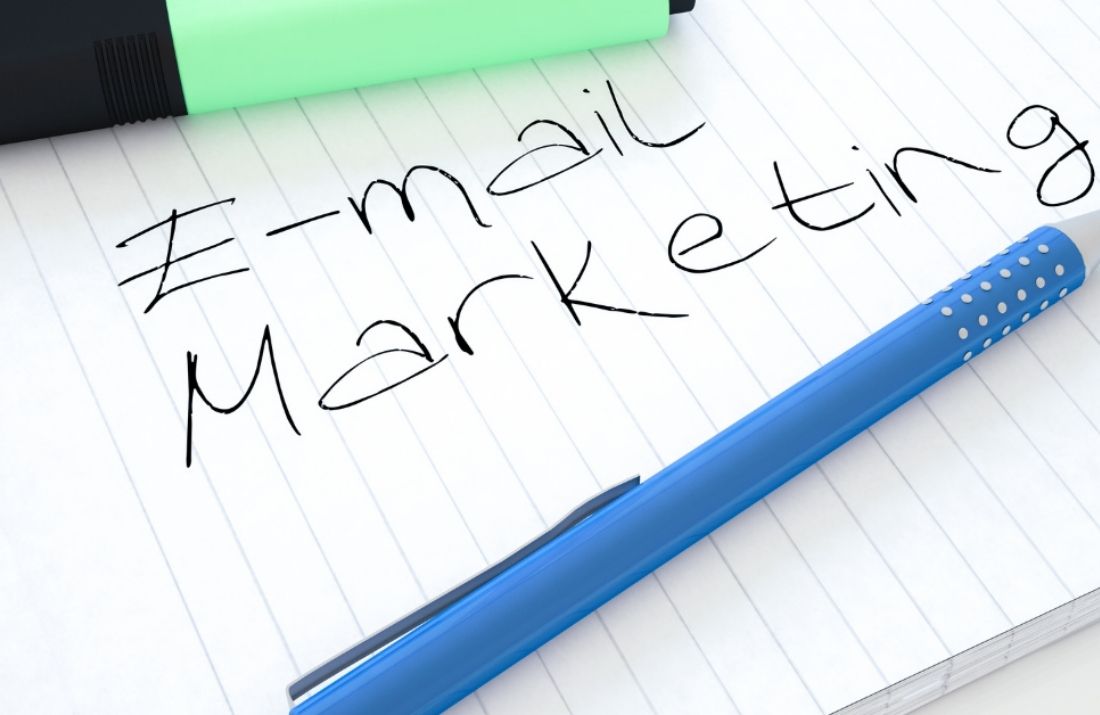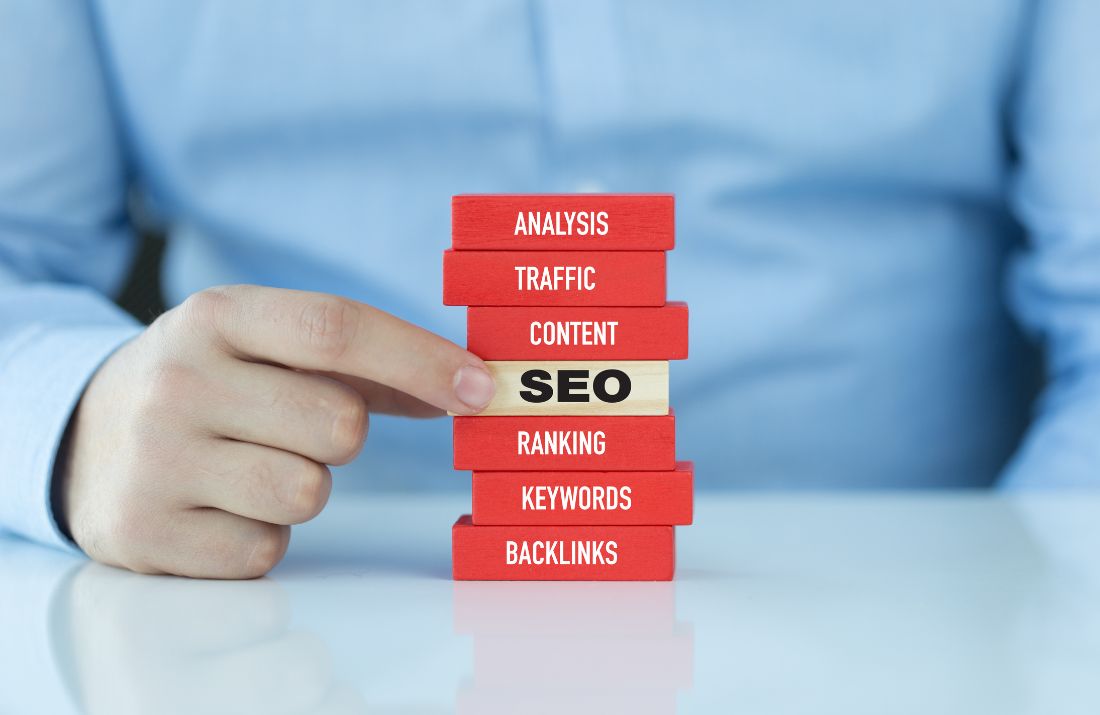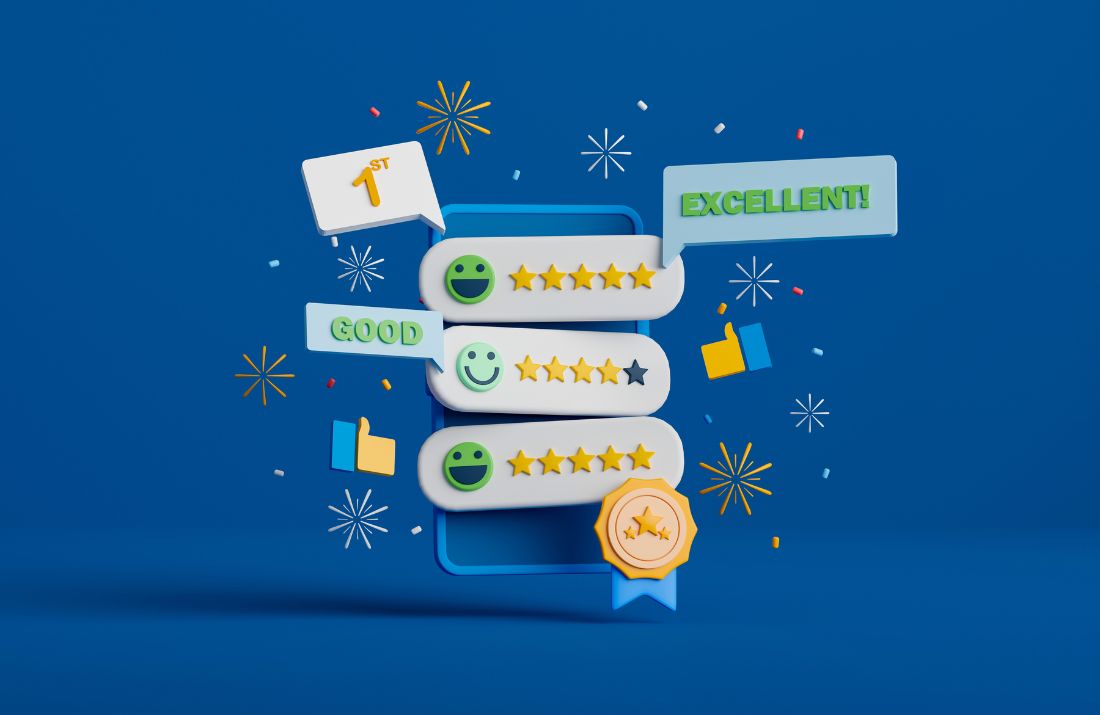In the world of digital marketing, where inboxes are flooded with promotional emails vying for attention, one strategy stands out as a game-changer: personalization. The days of generic, one-size-fits-all email blasts are fading into obscurity, making way for a more personalized approach. Email marketers have recognized the power of connecting with their audience on a deeper, more individual level.
Personalization in email marketing goes beyond addressing recipients by their first name. It involves crafting content and messages that resonate with each subscriber’s unique preferences, behaviors, and interests. In this blog post, we’ll delve into the transformative impact of personalization in email marketing, exploring its benefits, best practices, and how to implement it effectively.
The Benefits of Personalization in Email Marketing
- Enhanced Engagement: Personalized emails grab the recipient’s attention and encourage them to open, read, and take action.
- Improved Conversion Rates: Tailored content leads to higher conversion rates, whether it’s making a purchase, signing up for a webinar, or downloading a resource.
- Increased Customer Loyalty: Personalized emails foster a sense of connection, building long-term relationships with customers.
- Reduced Unsubscribes: Relevant content ensures subscribers stay engaged and less likely to hit the unsubscribe button.
- Higher ROI: Personalization delivers a higher return on investment (ROI) by targeting the right audience with the right message.
- Data-Driven Insights: Personalization generates valuable data on customer preferences and behaviors for continuous improvement.
Best Practices for Effective Personalization
- Segment Your Audience: Divide your email list into segments based on demographics, behavior, or purchase history.
- Dynamic Content: Create email templates with dynamic content blocks that adjust based on subscriber data.
- Behavioral Triggers: Send automated emails triggered by user actions, such as cart abandonment or product views.
- A/B Testing: Continuously test personalized elements to optimize email performance.
- Consent and Privacy: Ensure compliance with data privacy regulations and obtain consent for personalized marketing.
- Personalization Tokens: Beyond first names, use personalization tokens for product recommendations, location-based offers, and more.
- Personalized Subject Lines: Craft subject lines that pique interest and relevance to the recipient.
Implementing Personalization in Your Email Marketing Strategy
To create effective email marketing campaigns, it’s crucial to follow a strategic approach that revolves around data-driven personalization. Begin by initiating the process of data collection, where you meticulously gather and analyze customer information such as preferences, purchase history, and browsing behavior. Once armed with this valuable data, the next step involves email segmentation, where you categorize your email list based on common characteristics or behaviors, ensuring that your messages are tailored to specific audience segments.
To streamline this process and ensure timely delivery, leverage email automation tools. These tools allow you to trigger personalized emails at precisely the right moment, increasing the chances of engagement and conversion. Going a step further, incorporate personalized product recommendations in your emails, drawing on previous purchases or browsing history to suggest items that are highly relevant to each recipient.
To enhance the visual appeal and relevance of your emails, employ dynamic content blocks within your templates. These blocks adapt and change based on the user’s data, delivering a more tailored and engaging experience. Lastly, remember that email marketing is an ongoing endeavor, so continually test various personalization elements and optimize your campaigns to ensure they remain effective and resonate with your audience.
Elevate Your Email Marketing with Personalization
Ready to take your email marketing to the next level? Incorporate the power of personalization into your strategy and watch engagement, conversion rates, and customer loyalty soar. Don’t miss out on the opportunity to connect with your audience on a deeper level.
FAQs
Q1: What is email personalization?
A1: Email personalization is the practice of tailoring email content, subject lines, and offers to individual recipients based on their preferences, behaviors, and characteristics.
Q2: What are some examples of email personalization?
A2: Examples include addressing recipients by their first name, recommending products based on previous purchases, sending abandoned cart reminders, and providing location-specific offers.
Q3: How can I start implementing email personalization?
A3: Begin by collecting and analyzing customer data, segmenting your email list, and using marketing automation tools to send personalized emails. Test and refine your personalization strategies over time.
Q4: Is email personalization effective?
A4: Yes, email personalization has been shown to significantly improve engagement, conversion rates, and customer loyalty. It delivers a higher ROI compared to generic email campaigns.
Q5: What are the key benefits of email personalization?
A5: The benefits include enhanced engagement, improved conversion rates, increased customer loyalty, reduced unsubscribes, higher ROI, and valuable data-driven insights for continuous improvement.
[/fusion_text][/fusion_builder_column][/fusion_builder_row][/fusion_builder_container]








